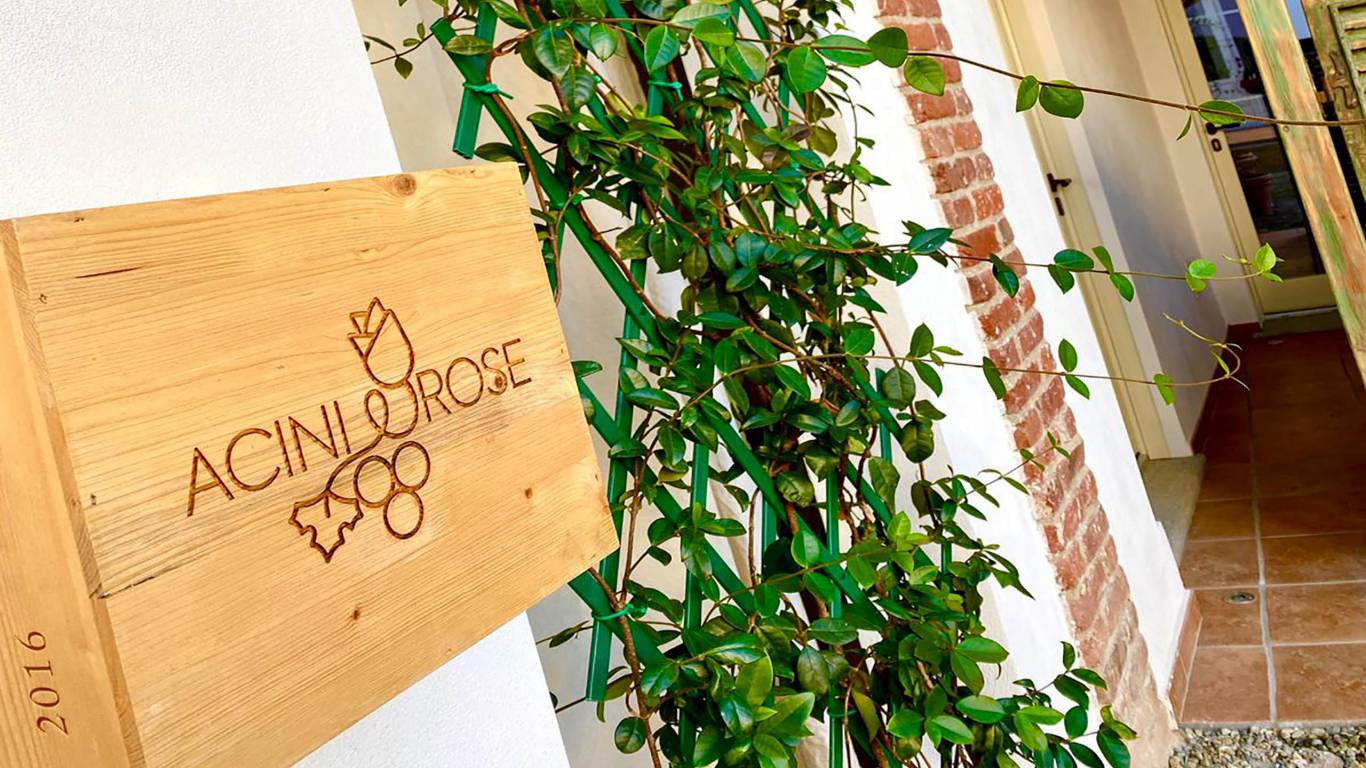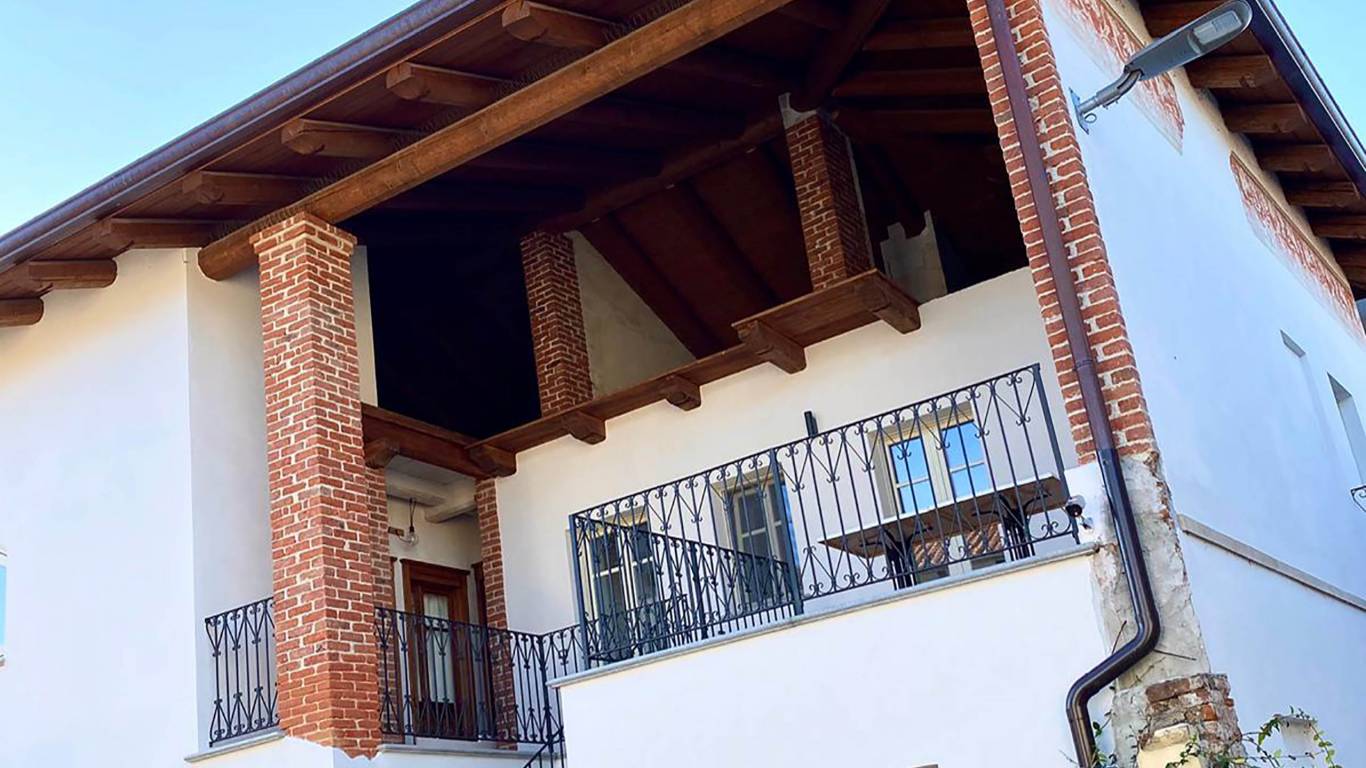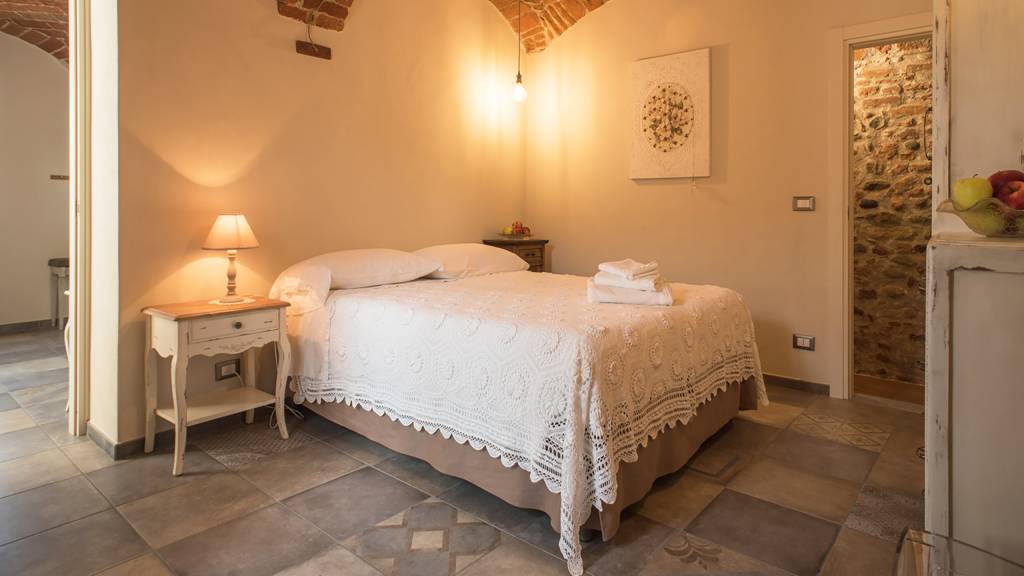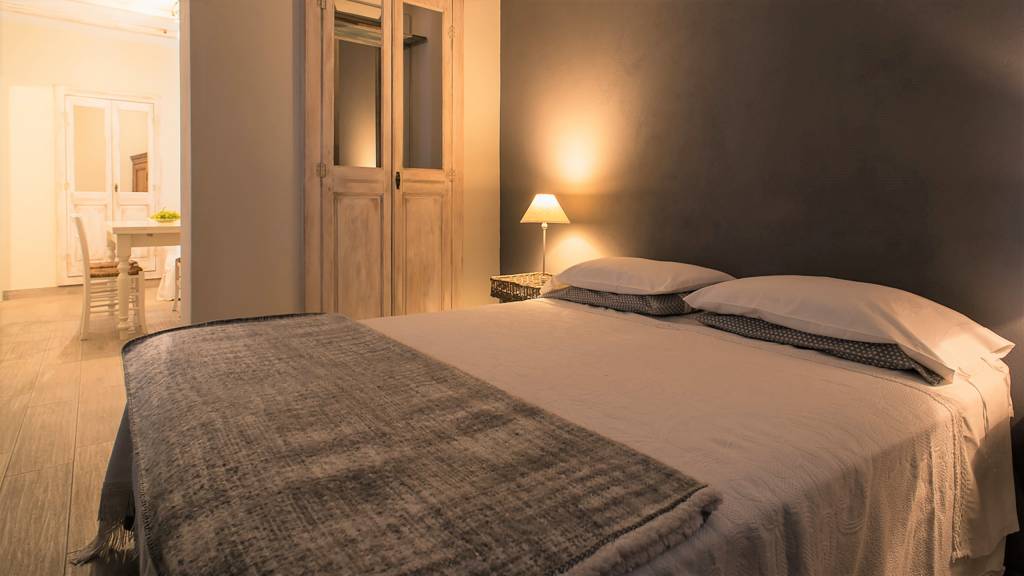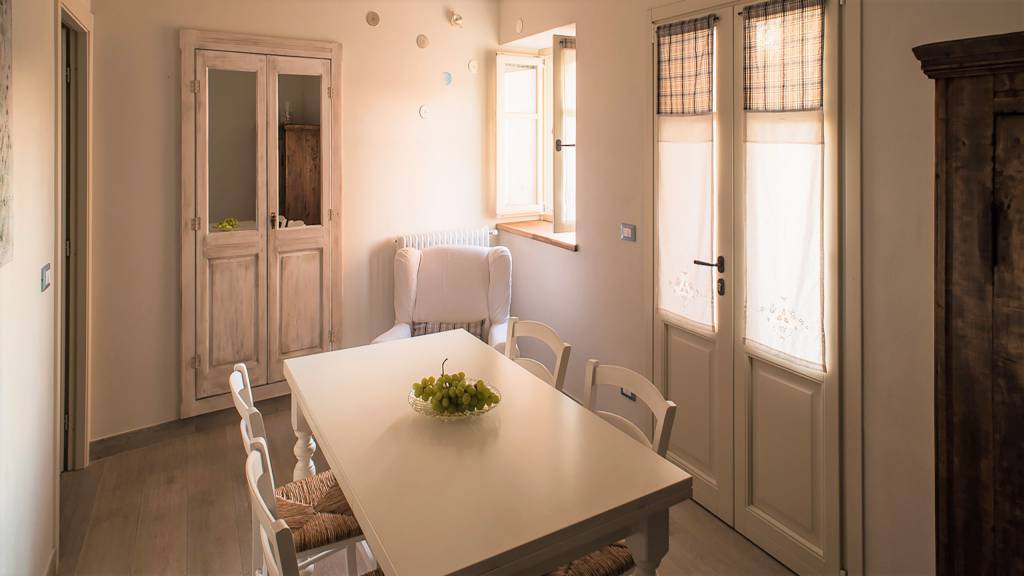Benvenuti da Acini e Rose
comfort distintivo in Canavese
Scopri gli appartamentiAcini e Rose
Case e appartamenti Vacanze in Canavese
La CASA VACANZE Acini e Rose nasce dal recupero integrale di due antiche case di paese, segnate dal tempo e da oltre mezzo secolo di abbandono.
Facile e comodo da raggiungere dalle grandi città del nord Italia (Torino, Milano e Genova), si trova in un territorio crocevia storico per coloro che provengono da Francia e Svizzera, o vi sono diretti.
La posizione strategica dell’intero borgo in cui è situato il nostro affittacamere ne fa uno straordinario punto di partenza per raggiungere le più belle mete del Canavese e del Piemonte eno-gastronomico, naturalistico e storico.
Ogni sistemazione gode di una sua piccola esclusiva: uno spazioso terrazzo dove pranzare e cenare all’aperto, un fresco porticato con volta di antichi mattoni, un soleggiato terrazzino dal quale godersi tutto il sole fino a sera oppure un riservato angolo sopraelevato tappezzato di verde nel quale leggere un buon libro o intrattenersi in serali conversazioni accompagnate ad un calice di ottimo vino della zona.
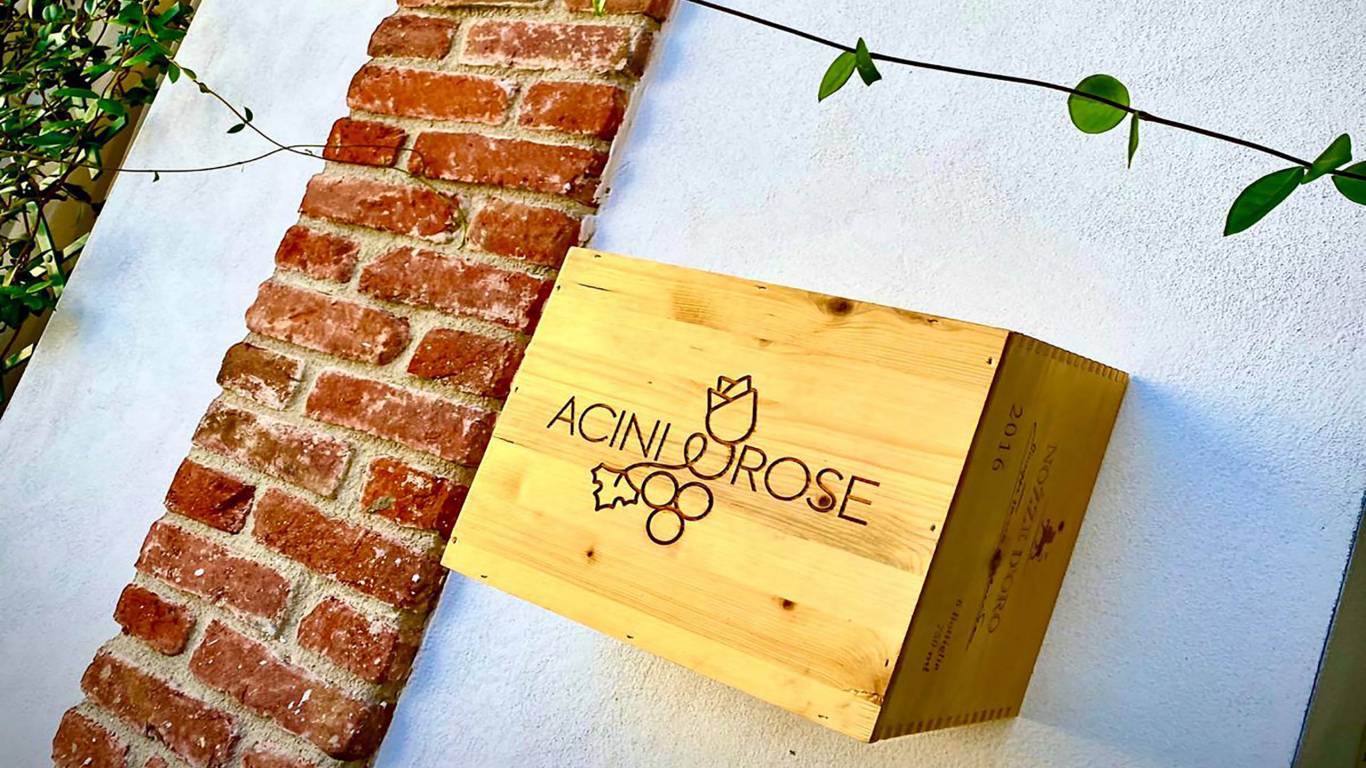
Le case e gli appartamenti di Acini e Rose
4 soluzioni abitative originali e suggestive, per un totale di 6 camere la cui caratteristica principale è la versatilità. Spazi ideali per famiglie e coppie che vogliono condividere il viaggio ma preservare anche la propria indipendenza, o per gruppi di amici uniti da interessi comuni per lo sport, la cucina o altro.
Scopri gli appartamentiBlu Relax
La nostra area benessere
“BLU RELAX” è l’area benessere riservata ai nostri ospiti e non è aperta al pubblico esterno. Un ambiente unico, intimo, salvato dal passato, per regalarsi puro relax per corpo e mente.
Scopri "Blu Relax"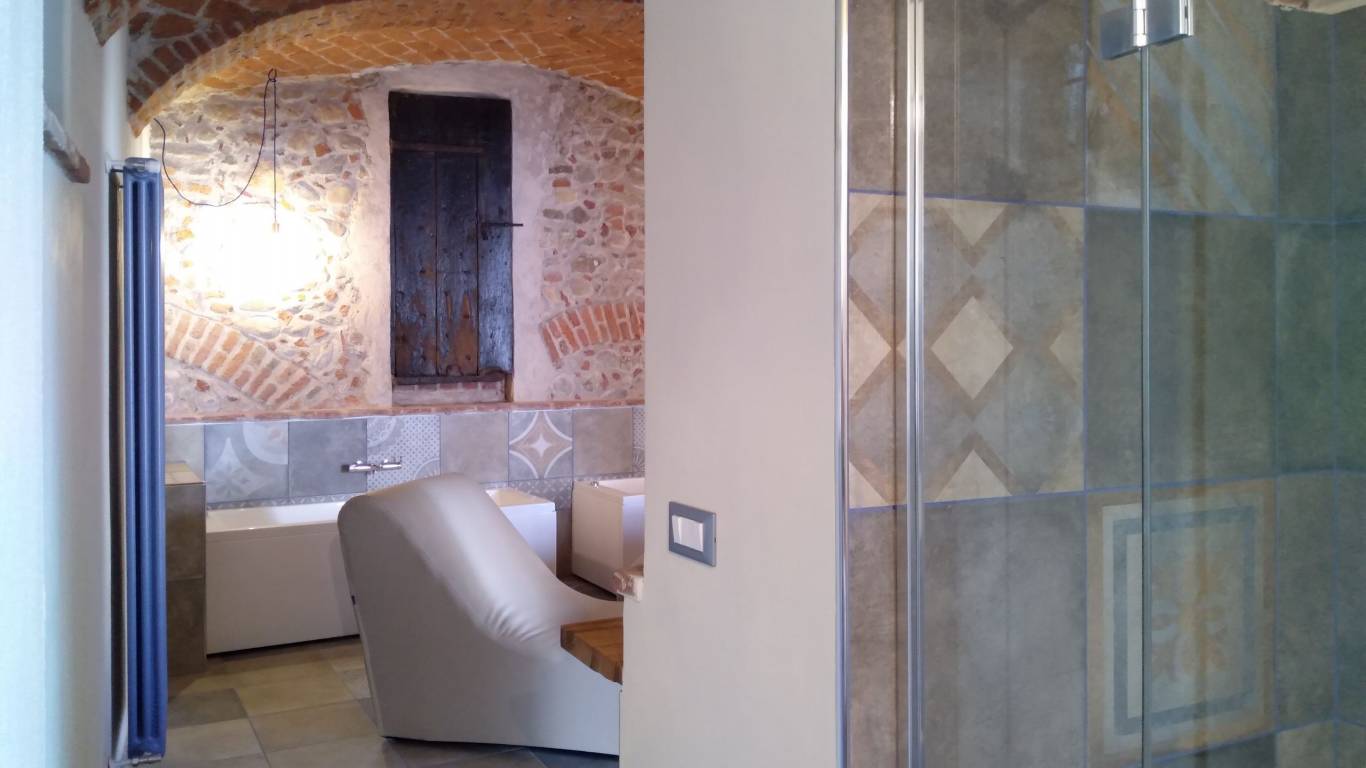
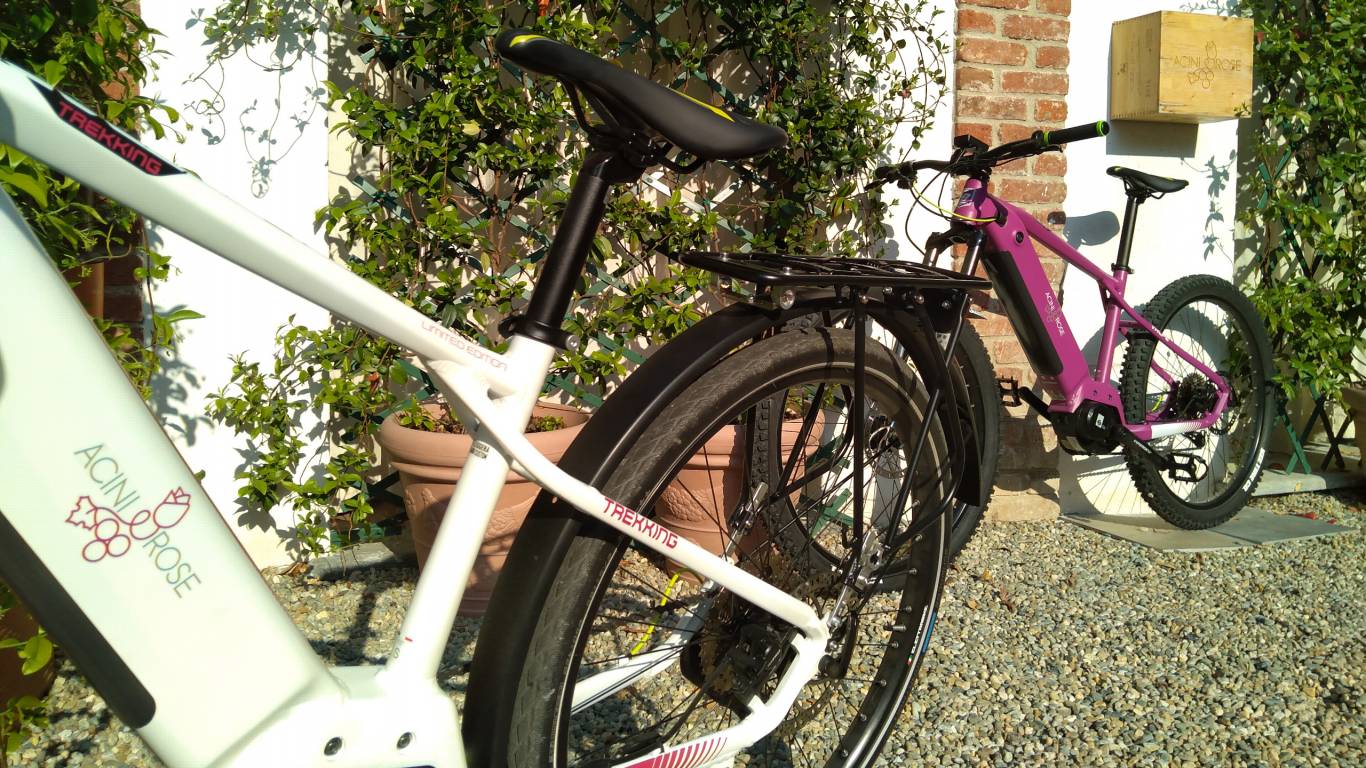
LE NOSTRE
E-BIKE A NOLEGGIO
PER SCOPRIRE IL TERRITORIO DEL CANAVESE
Ideali per scoprire i piccoli borghi del Canavese intorno a noi, per seguire il profilo delle colline e l’alternarsi dei paesaggi: poca fatica e tanto piacere per godersi il percorso e la compagnia.
Scopri di più!Il piacere di vivere slow in Canavese
E’ il luogo ideale per godere delle meraviglie naturalistiche dell’Anfiteatro Morenico di Ivrea: un’area geologica unica, intatta, magica, meta ideale per qualsiasi sport outdoor, punteggiata di piccoli borghi ancora a misura d’uomo e priva di traffico.
Scopri le esperienze Slow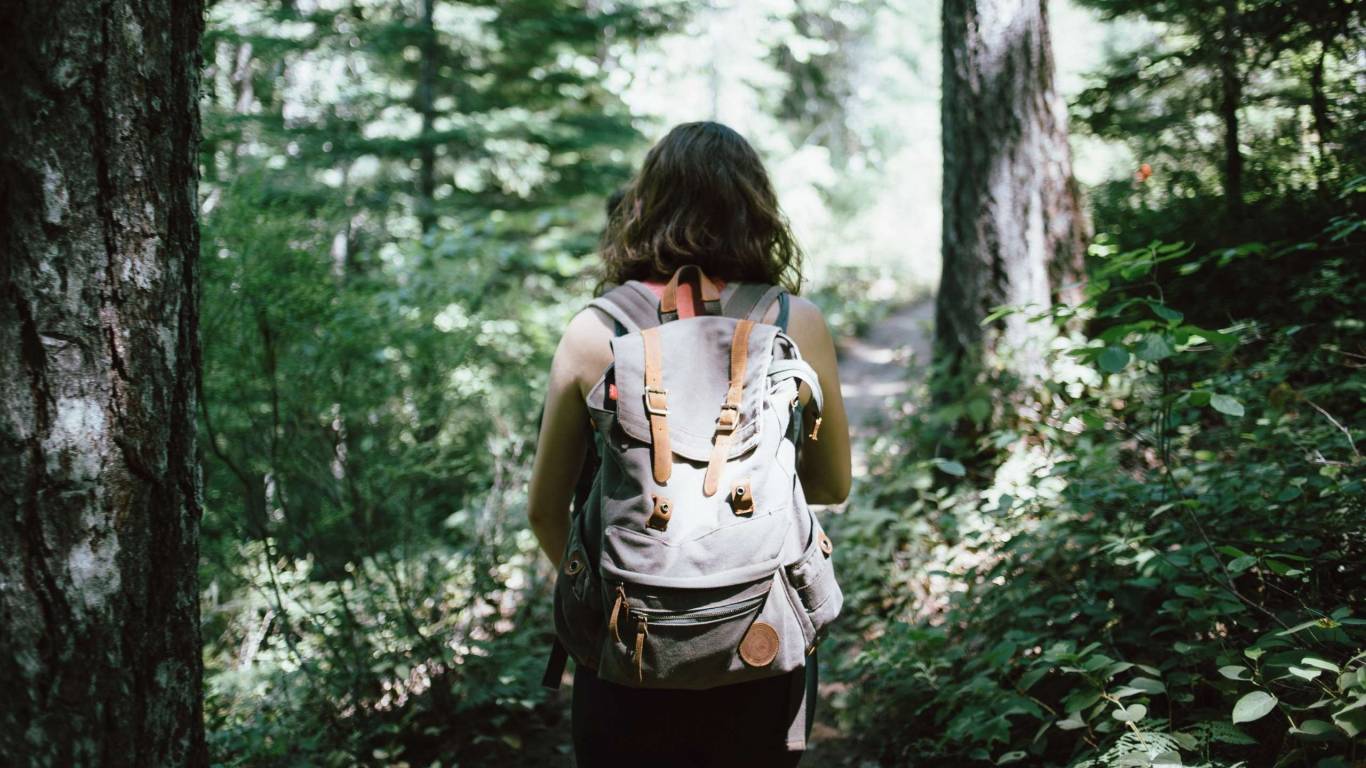
Eventi
nel Canavese
Ogni evento, ogni sagra, ogni mostra è occasione di arricchimento interiore e di conoscenza del territorio che vi accoglie. Qui trovate un nutrito calendario di appuntamenti: svariati motivi per venire a soggiornare da noi oppure, se già siete nostri ospiti, per cogliere tutte le opportunità offerte nei giorni della vostra permanenza.
Scopri gli eventi nel Canavese


